Routine Medical Care
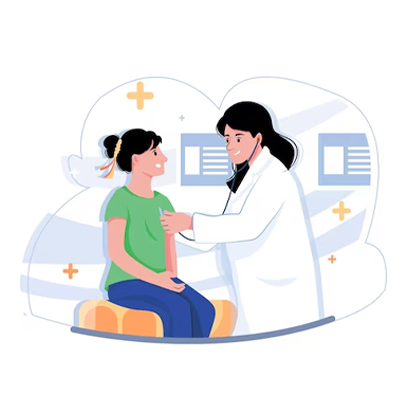
Routine medical care is a cornerstone of maintaining optimal health and well-being. It encompasses a spectrum of preventive measures, screenings, and health assessments that are essential for early detection, timely intervention, and the overall promotion of a healthy lifestyle. Here's a comprehensive write-up highlighting the significance of routine medical care:
The Importance of Routine Medical Care
Routine medical care is not merely a series of periodic check-ups; it is a proactive and preventive approach to healthcare that plays a pivotal role in preserving and promoting overall well-being. This regular and systematic care is designed to monitor and manage various aspects of health, from identifying potential risks to preventing the onset of chronic conditions.
1. Early Detection and Prevention: Routine medical care involves regular health check-ups and screenings that enable the early detection of potential health issues. By identifying risk factors and signs of diseases in their early stages, healthcare providers can initiate timely interventions, significantly improving the chances of successful treatment and recovery.
2. Personalized Health Assessments: Each individual is unique, and routine medical care recognizes this diversity. Through personalized health assessments, healthcare professionals can tailor their advice and interventions to match the specific needs and risks of each patient, fostering a more individualized approach to care.
3. Chronic Disease Management: For those with chronic conditions, routine medical care is crucial for ongoing management. Regular follow-ups, medication adjustments, and lifestyle recommendations help individuals with chronic diseases lead healthier lives and minimize the impact of their conditions on daily activities.
4. Health Promotion and Education: Routine medical care serves as a platform for health promotion and education. Healthcare providers offer guidance on healthy lifestyle choices, nutrition, exercise, and preventive measures, empowering individuals to take an active role in their health and make informed decisions.
5. Comprehensive Wellness Examinations: Annual wellness examinations are a fundamental component of routine medical care. These exams cover a thorough assessment of physical, mental, and emotional well-being, providing a holistic view of an individual's health status.
6. Vaccinations and Immunizations: Routine medical care includes timely vaccinations and immunizations, protecting individuals from preventable diseases. This not only safeguards individual health but also contributes to community immunity, reducing the spread of infectious diseases.
7. Mental Health Monitoring: Mental health is an integral part of overall well-being, and routine medical care addresses this by incorporating mental health assessments and discussions. This proactive approach aims to identify and address mental health concerns early on, promoting emotional resilience and balance.
8. Continuity of Care: Regular visits to healthcare providers establish a strong foundation for continuity of care. Establishing a relationship with a primary care physician facilitates ongoing communication, trust, and a more comprehensive understanding of an individual's health history.
In conclusion, routine medical care is not just a set of appointments; it is a commitment to proactive health management. By embracing regular check-ups, screenings, and health assessments, individuals take a proactive stance in preserving their health and well-being. It is an investment in a healthier, more fulfilling life, providing the assurance that health concerns are addressed promptly, and the journey to well-being is a shared partnership between individuals and their healthcare providers.
Full Blood Picture
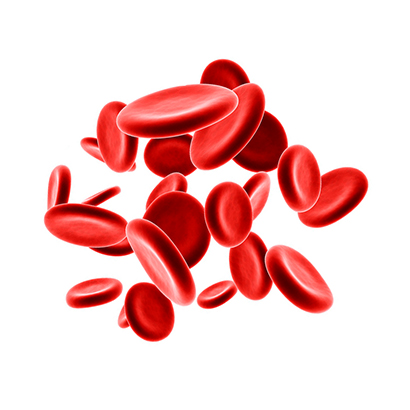
In the world of healthcare, a "full blood picture" is a powerful diagnostic tool that provides a detailed and comprehensive view of an individual's overall health. This routine blood test, also known as a complete blood count (CBC), goes beyond simple numbers; it reveals a wealth of information about various components within the bloodstream, playing a crucial role in preventive care, diagnosis, and monitoring of health conditions.
1. Comprehensive Blood Analysis: A full blood picture involves a comprehensive analysis of the various components found in the blood, including red blood cells, white blood cells, and platelets. This detailed examination allows healthcare professionals to assess the overall health of the hematological system.
2. Detection of Anemia and Blood Disorders: Red blood cells carry oxygen throughout the body, and a full blood picture can identify abnormalities in their quantity and quality. This is particularly valuable in the early detection of conditions such as anemia and blood disorders, ensuring timely intervention and management.
3. Immune System Evaluation: White blood cells are integral to the body's immune system, defending against infections and diseases. By examining white blood cell counts and differentials, a full blood picture aids in assessing the strength and effectiveness of the immune response.
4. Platelet Function Assessment: Platelets play a crucial role in blood clotting and wound healing. A full blood picture includes an evaluation of platelet counts, helping healthcare providers gauge the risk of bleeding or clotting disorders.
5. Monitoring Chronic Conditions: For individuals with chronic diseases such as diabetes or autoimmune disorders, a full blood picture is an essential tool for monitoring the impact of these conditions on the blood's cellular components. Regular testing enables healthcare providers to adjust treatment plans as needed.
6. Early Detection of Infections: Elevated or decreased white blood cell counts can indicate the presence of infections or inflammatory conditions. A full blood picture aids in the early detection and prompt treatment of these issues, preventing the spread of infections and minimizing complications.
7. Nutritional Status Evaluation: Certain components of a full blood picture, such as hemoglobin and hematocrit levels, provide insights into an individual's nutritional status. This information is valuable for assessing the presence of nutritional deficiencies and guiding dietary interventions.
8. Preoperative Assessment: Prior to surgical procedures, a full blood picture is often conducted to ensure that the patient's blood is within normal ranges. This helps healthcare providers make informed decisions regarding surgery and anticipate potential complications related to blood clotting or anemia.
9. Personalized Treatment Planning: The information gleaned from a full blood picture contributes to personalized treatment planning. Whether managing chronic conditions, planning surgeries, or evaluating the effectiveness of ongoing treatments, this diagnostic tool guides healthcare providers in tailoring care to individual needs.
10. Proactive Health Management: Routine full blood pictures support proactive health management by providing a baseline for comparison over time. Trends in blood parameters can alert healthcare professionals to potential health issues, enabling early intervention and preventive measures.
CT Scan Diagnostic
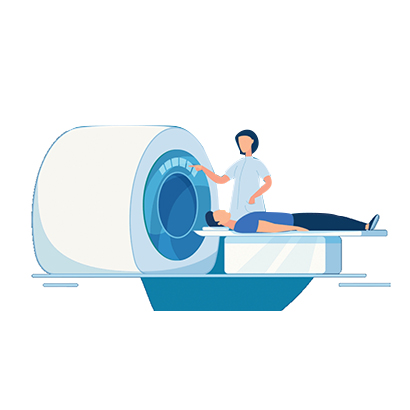
In the ever-evolving landscape of medical diagnostics, the CT (computed tomography) scan stands as a revolutionary tool that offers unparalleled insights into the human body. CT scan diagnostics, also known as CAT scans, have transformed the way healthcare professionals visualize and analyze internal structures, facilitating precise diagnosis, guiding treatment plans, and ultimately improving patient outcomes.
1. High-Resolution Imaging: At the core of CT scan diagnostics is its ability to produce high-resolution cross-sectional images of the body. This detailed imaging provides healthcare providers with a comprehensive view of internal structures, allowing for accurate assessments of organs, tissues, and bones.
2. Rapid and Non-Invasive: CT scans are known for their speed and non-invasive nature. Unlike traditional diagnostic procedures, CT scans can be completed swiftly, reducing patient discomfort and allowing for a rapid assessment of medical conditions.
3. Versatility in Applications: CT scan diagnostics are incredibly versatile and can be applied to various areas of the body. From head to toe, CT scans are instrumental in diagnosing conditions in the brain, chest, abdomen, pelvis, and extremities, making them a go-to diagnostic tool in numerous medical specialties.
4. Precise Cancer Detection: CT scans play a crucial role in cancer diagnosis by revealing the presence, size, and location of tumors. Oncologists rely on CT imaging to plan treatments such as radiation therapy or surgery and to monitor the effectiveness of ongoing cancer therapies.
5. Emergency Medicine: In emergency medicine, CT scans are invaluable for quickly assessing trauma and identifying internal injuries. They enable prompt decision-making in critical situations, leading to timely interventions and improved patient outcomes.
6. Vascular Imaging: CT angiography is a specialized application of CT scans that allows for detailed imaging of blood vessels. This is particularly useful in diagnosing vascular conditions, such as aneurysms or blockages, and planning interventions like angioplasty or stent placement.
7. Bone and Joint Evaluation: CT scans provide detailed images of bones and joints, making them essential for diagnosing fractures, joint abnormalities, and degenerative conditions. Orthopedic specialists rely on CT imaging to plan surgeries and assess the extent of musculoskeletal injuries.
8. Guidance for Minimally Invasive Procedures: CT scans often serve as a guide for minimally invasive procedures such as biopsies or needle aspirations. The precise images allow healthcare professionals to target specific areas, reducing the invasiveness of the procedure and enhancing diagnostic accuracy.
9. 3D Reconstruction for Surgical Planning: Advanced CT technology enables the creation of three-dimensional reconstructions of internal structures. Surgeons use these reconstructions for meticulous preoperative planning, enhancing the precision of surgeries and reducing the risk of complications.
10. Continuous Technological Advancements: CT scan diagnostics benefit from continuous technological advancements, including improved image resolution, faster scanning times, and reduced radiation exposure. These innovations contribute to enhanced diagnostic capabilities and patient safety.
In conclusion, CT scan diagnostics represent a cornerstone in modern medicine, offering a window into the intricate details of the human body. From swift emergency assessments to intricate surgical planning, CT scans empower healthcare professionals with the tools needed to navigate the complexities of medical conditions. The precision, versatility, and continual advancements in CT scan technology underscore its pivotal role in shaping the landscape of diagnostic medicine and improving the quality of patient care.
X-Ray Diagnostic
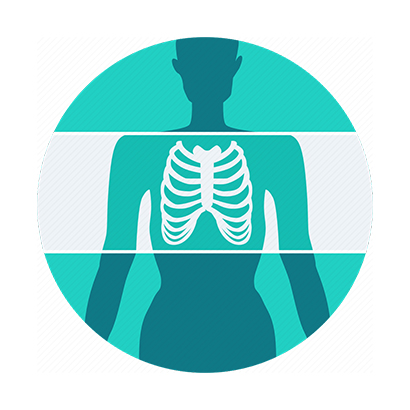
X-ray diagnostics, a cornerstone of medical imaging, has been a transformative force in the field of healthcare since its discovery. Providing a non-invasive and efficient means of visualizing internal structures, X-rays have become indispensable for diagnosing a myriad of medical conditions, guiding treatments, and contributing to improved patient outcomes.
1. Rapid and Pervasive Imaging: X-ray diagnostics are renowned for their speed and efficiency. In a matter of moments, these imaging studies can capture detailed images of bones and soft tissues, allowing healthcare professionals to swiftly evaluate and diagnose various medical conditions.
2. Bone and Joint Assessment: X-rays are particularly adept at visualizing bones and joints, making them an invaluable tool for diagnosing fractures, joint conditions, and degenerative diseases. Orthopedic specialists routinely rely on X-rays for accurate assessments and treatment planning.
3. Trauma and Emergency Medicine: In emergency settings, X-ray diagnostics play a pivotal role in assessing trauma and identifying injuries. From evaluating fractures to detecting internal injuries, X-rays provide crucial information that guides immediate medical interventions and ensures timely patient care.
4. Pulmonary Imaging: Chest X-rays are instrumental in assessing pulmonary conditions, such as pneumonia, lung cancer, and other respiratory disorders. They enable healthcare professionals to visualize the lungs and identify abnormalities that may impact respiratory function.
5. Dental and Maxillofacial Imaging: X-rays are extensively used in dentistry for imaging teeth and the surrounding structures. In oral and maxillofacial medicine, dental X-rays aid in diagnosing dental issues, evaluating jaw conditions, and planning dental procedures.
6. Non-Invasive Cardiovascular Imaging: Fluoroscopy, a dynamic form of X-ray imaging, is employed for real-time visualization of the cardiovascular system. It assists in diagnosing conditions such as blocked arteries, heart valve abnormalities, and other cardiac issues without the need for invasive procedures.
7. Soft Tissue Visualization: While X-rays are renowned for bone imaging, advancements in technology, such as contrast agents, allow for enhanced visualization of soft tissues. This has expanded the diagnostic capabilities of X-ray imaging to include the assessment of organs like the gastrointestinal tract and blood vessels.
8. Radiation Therapy Planning: X-rays are integral in radiation therapy planning for cancer treatment. By precisely mapping the location and size of tumors, X-rays aid radiation oncologists in delivering targeted radiation doses, minimizing damage to surrounding healthy tissues.
9. Portable X-ray Technology: Modern X-ray machines are increasingly portable, facilitating imaging studies at the bedside or in remote locations. This portability is especially beneficial for patients with limited mobility or those in critical care settings.
10. Ongoing Technological Advancements: X-ray diagnostics continue to benefit from ongoing technological advancements. Digital X-ray technology, for example, enhances image quality, reduces radiation exposure, and allows for efficient storage and retrieval of imaging data.
In conclusion, X-ray diagnostics have revolutionized medical imaging, providing a window into the human body that has transformed the landscape of healthcare. From assessing fractures to visualizing internal organs, X-rays remain a foundational tool for diagnosing a wide array of medical conditions. The continued evolution of X-ray technology underscores its adaptability and commitment to advancing patient care through precise and non-invasive diagnostics.
Our Department
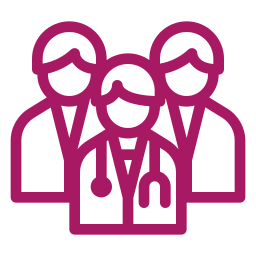
General medicine

Paediatrics
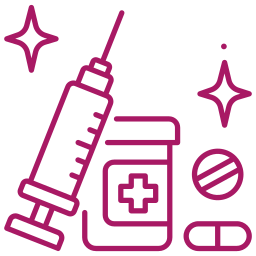
Dermatology
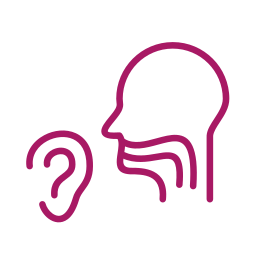
ENT
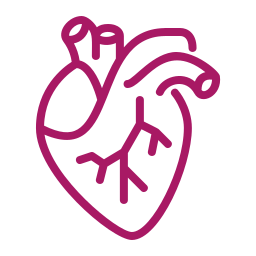
Cardiology
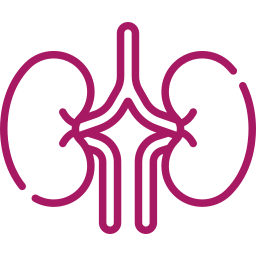
Urology
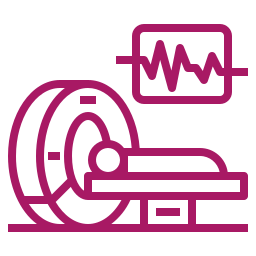
Radiology
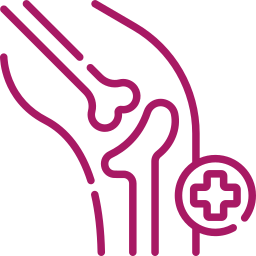
Orthopaedic

Paediatric
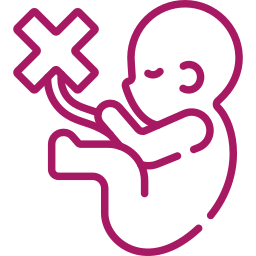
Gynaecology
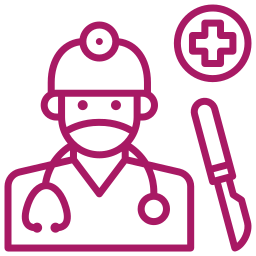
General Surgery
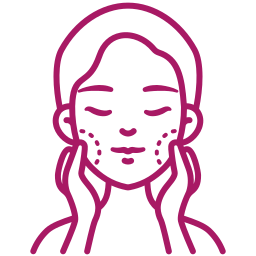
Dermatology
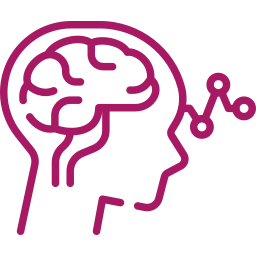
Neurology
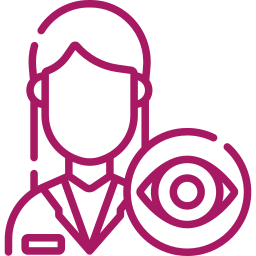
OPHTHALMOLOGY
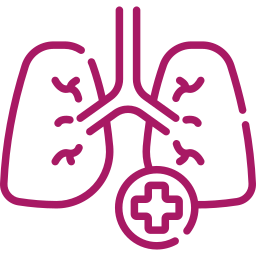
PULMONOLOGY
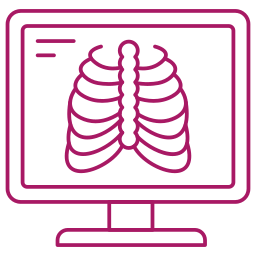
RADIOLOGY AND IMAGING

ANESTHESIOLOGY

